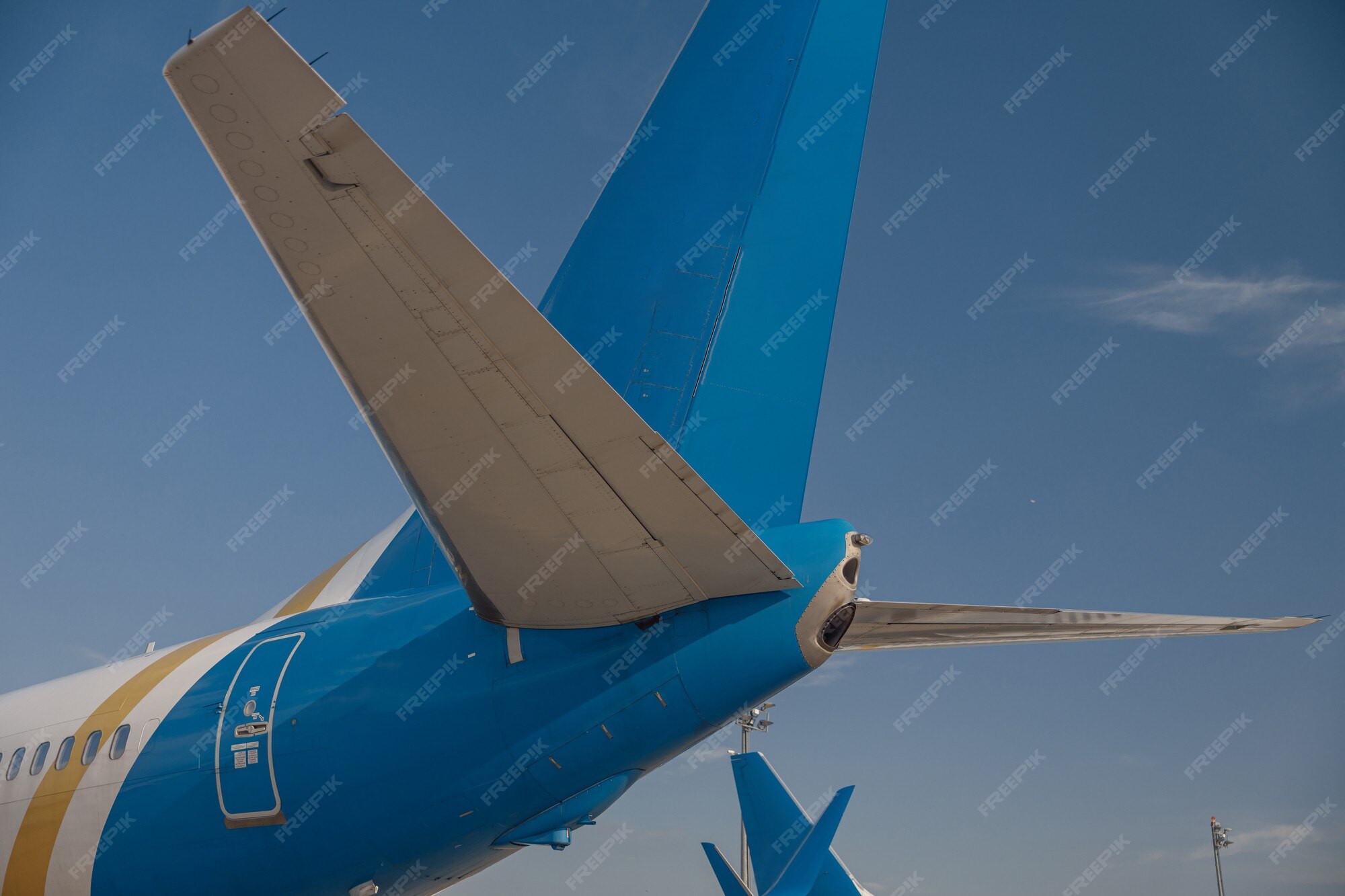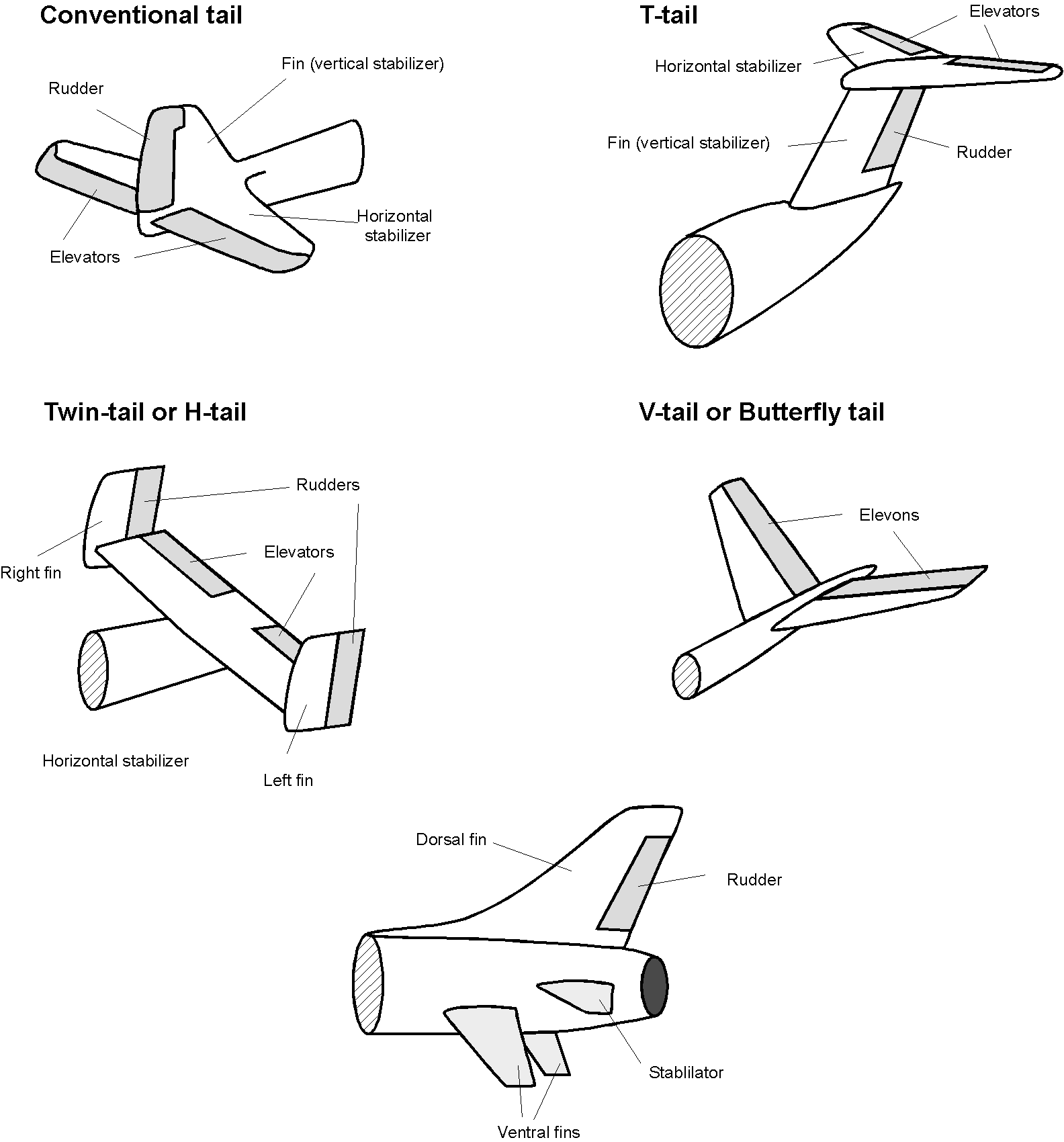Tail Of An Aircraft - Over the past several years, the South China Sea has emerged as a major potential flashpoint in the Asia Pacific. Islands in it, like the Paracels near which the US Navy plane was intercepted Friday, are the subject of overlapping territorial claims in part from China, the Philippines, Vietnam, Malaysia, Brunei and Taiwan.
On Friday, while flying close to the Philippines, the US Navy P-8 spotted a PLA Navy guided-missile destroyer and descended to around 1,000 feet to get a closer look – bringing more warnings from the PLA.
Tail Of An Aircraft

"At the end of the day, it's still very clearly an Air Force plane unless you're going to start painting them white or something," Paladino said. "My guess is, an experienced observer of military aircraft movements, this isn't gonna prevent them from [tracking]. It might make it a little difficult. But most of the people who really track this stuff aren't out there with cameras by the runways anymore."
Potential Flashpoint
The Project on Government Oversight has detailed numerous ways in which the Department of Defense has slowly obscured information to the public in recent years, ranging from less clarity on overseas airstrikes to troop deployments abroad.

When a US guided-missile cruiser steamed near the Spratly Islands in November, the PLA said such action “seriously infringes on China’s sovereignty and security” and is “hard proof is that the US is seeking maritime hegemony and militarizing the South China Sea.”
China claims historic jurisdiction over almost the entirety of the vast sea, and since 2014 has built up tiny reefs and sandbars into artificial islands heavily fortified with missiles, runways and weapons systems – sparking outcry from the other claimants.
"This is a data point that was previously available to the public that this command, it seems, is deciding for operational security reasons that it won't get into, that the public doesn't have a right to know, which I do think is concerning," Paladino said.

Jason Paladino, an investigator for the nonprofit Project On Government Oversight, told Military.com in an interview Wednesday that, while it may be seemingly minor, the move is making information less available to the public for a seemingly unclear and unjustified reason.
The change in the paint schemes, first reported by Aviation Week, comes a little more than a month after Air Mobility commander Gen. Mike Minihan sent a memo to his service members telling them to prepare for a war with China and warning them that it could be coming as soon as 2025.
Jodi Vittori, a retired Air Force lieutenant colonel and a professor at Georgetown University who specializes in government transparency, told Military.com in an interview Wednesday that this decrease in transparency from the Pentagon as a whole is alarming.

James Stewart, a spokesman for Air Mobility Command, told Military.com in an emailed statement that airmen's missions take them around the globe and often involve sensitive movements of cargo -- the main reason behind the change.
Plane and Pilot builds on more than 50 years of serving pilots and owners of aircraft with the goal of empowering our readers to improve their knowledge and enthusiasm for aviation. Plane and Pilot expands upon the vast base of knowledge and experience from aviation’s most reputable influencers to inspire, educate, entertain and inform.
Air Mobility Command's aircraft -- such as C-17 Globemaster IIIs, KC-135 Stratotankers and C-130 Hercules -- are clearly identifiable as Air Force planes without the markings and, without a clear justification provided by officials for the change, Paladino said it's puzzling why they'd resort to tail markings and scrubbing unit numbers.

Not only does the strategic waterway hold vast resources of fish, oil and gas, but about a third of global shipping passes through it – worth about $3.4 trillion in 2016, according to the Center for Strategic and International Studies’ (CSIS) China Power Project.
China also conducts regular military exercises in much of the South China Sea and maintains a large presence of coast guard and fishing vessels in the disputed waters – which has frequently stoked tensions with its neighbors.
Some of these new subdued paint schemes are already on display. A Feb. 2 Department of Defense photo from 92nd Air Refueling Wing of a KC-135 Stratotanker showed none of the typical tail and unit markings on the aircraft. A Feb. 23 photo from the 23rd Wing Public Affairs showed a C-130 with few markings other than the American flag.

The US Navy reconnaissance jet flies at 21,500 feet over the South China Sea, 30 miles from the contested Paracel Islands, a group of about 130 small atolls, the biggest of which are home to Chinese military bases.
"Understandably, we have concerns about the operational security impacts to these missions in the modern era of on-demand, real-time information," Stewart said. "Subdued paint schemes that limit identifiable information is one way we are taking a hard look at how we operate to ensure our ability to continue to deliver for America and our allies and partners around the world."
"The good governance community has seen transparency from the Department of Defense shrink over the years," Vittori told Military.com. "We're getting less and less information, not more, lately, and that's been a troubling and difficult issue for civil society organizations to be able to monitor their own military."
The Chinese fighter jet was so close, the CNN crew could see the pilots turning their heads to look at them – and could make out the red star on the tail fins and the missiles it was armed with.
tail of an aircraft crossword, plane with 2 tails, tail of an airplane crossword, horizontal tail plane, tail of airplane, airplane tail section, tail chord in plane, aircraft tail numbers database